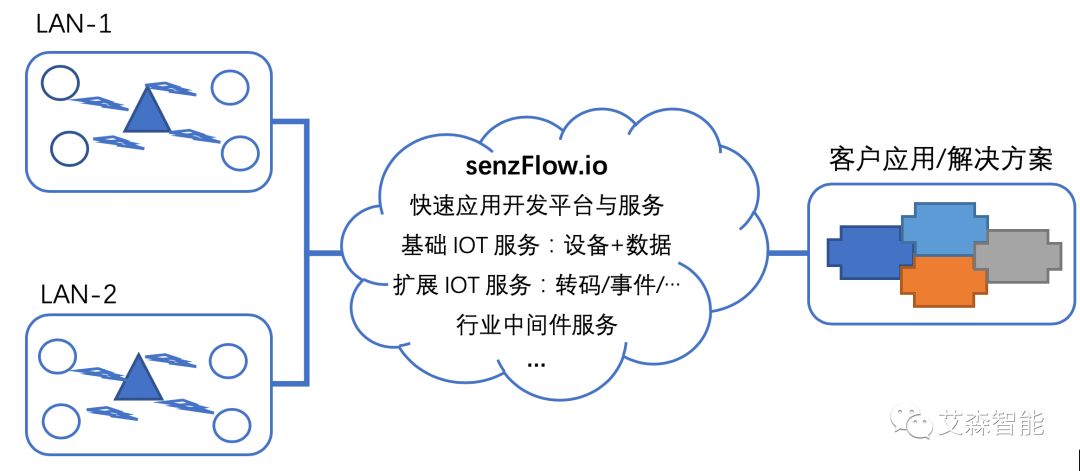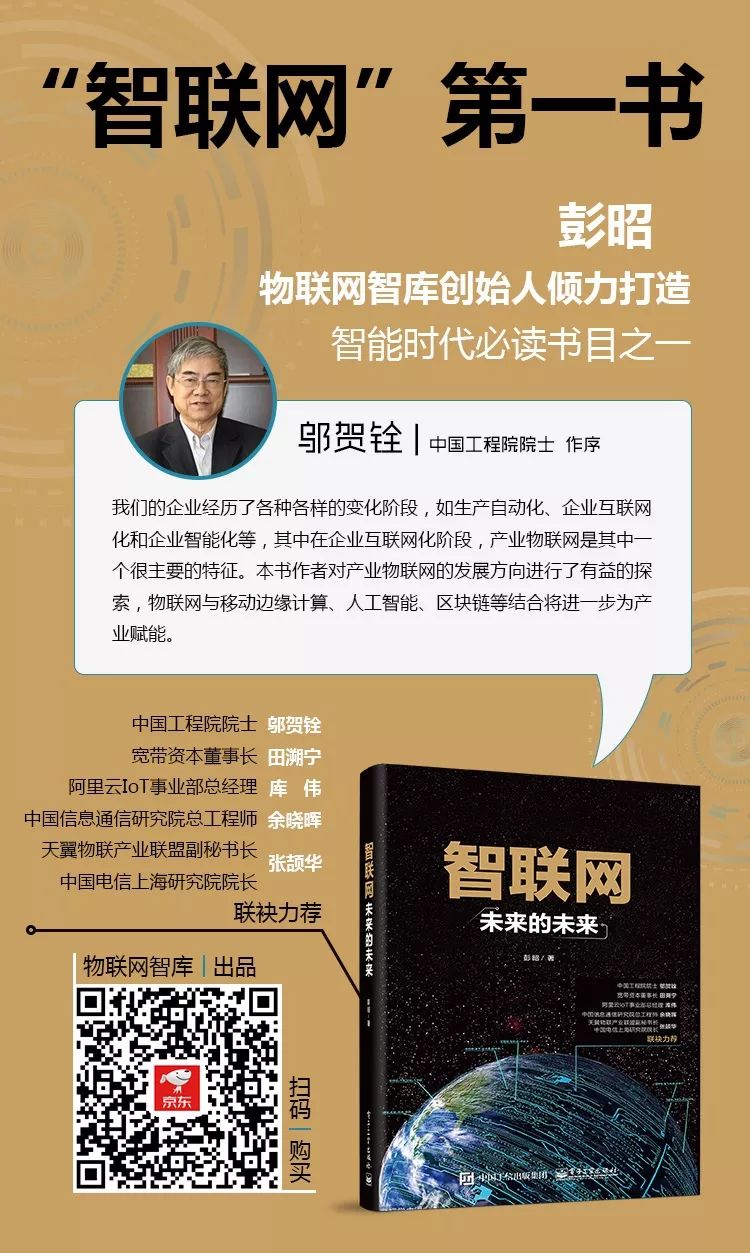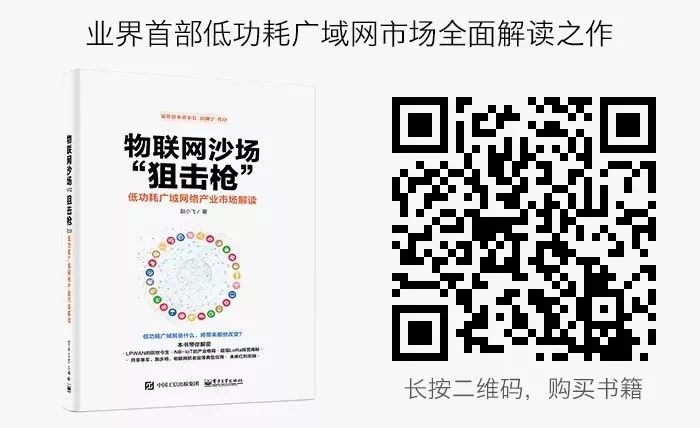Source: Aisen Intelligent
Published by IoT Think Tank
Please indicate the source and origin when reprinting

Introduction
In the near future, trillions of sensors will be interconnected, forming a large-scale IoT network. During the gradual construction of this network, various wireless technologies will emerge and mature. The diversity of wireless technologies stems from the diverse needs of large-scale IoT scenarios. Among them, Low Power Wide Area Network (LPWA) technology has gained significant attention.
LoRaWAN is a typical representative of LPWA networks, utilizing a spread spectrum modulation technology called LoRa, which has extensive deployments in Asia, Europe, and North America. The key feature of this technology is its extremely high link budget, allowing coverage of up to 10 kilometers through a single gateway. Even compared to other LPWA technologies that emphasize wide-area coverage, LoRa still has certain advantages. Currently, in mainland China alone, tens of millions of sensors are networked using LoRa technology each year, with an increasing number being LoRaWAN networks.
01
—
Advantages of LoRaWAN
Low power consumption and wide coverage are the main characteristics of LoRaWAN technology. Meanwhile, the industrial chain of LoRaWAN has become very mature, with a considerable number of manufacturers, agents, and integrators providing professional products and services, from chips and modules to gateways and cloud services. This enables LoRaWAN to quickly form network coverage at a low cost. This is key to LoRaWAN’s popularity. “Quick” reflects the fast-paced development of information technology in today’s society, while “low cost” is particularly important for cost-sensitive early projects, especially proof-of-concept projects.
Another characteristic of LoRaWAN is its open protocol. Open protocols promote the emergence of industrial ecosystems. Coupled with the fact that other alternative network technologies have not matured quickly, LoRaWAN has become, to some extent, the de facto standard for early LPWA.
The advantages of LoRaWAN have contributed to the popularity of this technology. According to statistics from Aisen Intelligent’s LoRaWAN platform business loraFlow.io, the LoRaWAN application scenarios it supports cover numerous industries and fields, including agriculture, environment, energy, manufacturing, urban management, and life services.
02
—
Challenges Facing LoRaWAN
Even with a hot technology, we still encounter some limitations in the design and operation of LoRaWAN. Our clients often face confusion as well. For example, many clients use LoRaWAN to collect and monitor sensor readings. These readings are refreshed periodically, and it is generally believed that occasional loss of these readings will not have serious consequences. An example is a monitoring system for electronic product production line parameters. In this system, various sensor data are collected and monitored, including the ambient temperature and humidity of the production line, as well as the pressure of certain gases used in the production process. Before building the IoT, this data was either not collected or collected manually at a very low frequency (e.g., twice a day). Through networking, this data can be collected and uploaded to the monitoring center or cloud multiple times a day to support the business.
One limitation of LoRaWAN is its difficulty in providing deterministic guarantees. In the above example, people initially tolerated the loss of sensor data; however, as time progresses, data loss becomes sensitive. This situation may occur, for instance, as the level of informatization and automation in factories deepens, cutting out some human processes that can tolerate errors. At this point, the monitoring system is no longer a “nice-to-have” companion system to the business system but needs to collaborate as an organic part of the business system (such as being part of the SCADA business). In this case, LoRaWAN becomes less suitable.
Another limitation of LoRaWAN is its very limited capacity. This is constrained by its underlying modulation technology and simple medium access protocol. However, the underlying modulation technology and medium access protocol are also advantages that contribute to the popularity of LoRaWAN. Therefore, it can be explained that when the advantages of LoRaWAN no longer match its usage scenarios, or these advantages are no longer critical in the usage scenarios, LoRaWAN no longer has the advantage. Such scenarios are increasingly appearing in our business practices with clients, prompting us to propose a new solution—LoRaLAN.
03
—
LoRaLAN Solution
LoRaLAN improves upon LoRaWAN in many aspects.
Physical Layer
In terms of physical layer modulation technology, LoRaLAN adopts 2.4G LoRa modulation technology. Compared to the modulation technology of LoRaWAN, both use the same spread spectrum technology, but LoRaLAN supports faster spreading factors (SF5, SF6, SF7), and the channel bandwidth has increased from 125KHz in LoRaWAN to a maximum of 1.6MHz. The change in modulation method brings a two-order-of-magnitude improvement in network speed and capacity.
The change in modulation parameters also brings lower power consumption. Therefore, in the same business scenario, using LoRaLAN can significantly extend battery life or support more frequent data collection with the same battery life.
Medium Access Technology
LoRaLAN adopts a medium access technology based on TSCH (Time Sync Channel Hopping). The TSCH technology of LoRaLAN has several key features:
-
Link-level reliability technology, providing 100% message reliability guarantee
-
Advanced clock synchronization technology that can reliably synchronize even on low-precision oscillators (50ppm)
-
Supports frequency hopping, effectively preventing interference and multipath fading
-
Supports multi-gateway joint networking, with devices automatically switching
-
Supports device mobility
-
Supports Class A and Class C devices, with Class A devices able to sleep for long periods without affecting synchronization
-
Efficient spectrum utilization. Supports dynamic scheduling of wireless resources by gateways and pre-allocates fixed-period resources. Enables conflict-free access to dynamically scheduled resources and fixed-period resources
Security
LoRaLAN employs more secure encryption technology than LoRaWAN, including a session key distribution mechanism that supports bidirectional authentication and AES128 CBC-based encryption technology, which better prevents replay attacks and differential attacks.
Network Management
Network management is a significant concern for large-scale IoT network deployments. In LoRaWAN, gateways and terminal devices generally need to have their network parameters, including frequency points and SF selection, pre-planned. Once these parameters are set, they are difficult to change.
In LoRaLAN, network parameters can be dynamically adjusted in the cloud, and once changed, terminals can discover and establish new synchronization within seconds. The cloud can manage multiple gateways, and terminals can automatically select the best gateway to join the network based on signal quality and load conditions.
|
LoRaWAN |
LoRaLAN |
|
|
Coverage |
Maximum 10km per gateway |
800m per gateway |
|
Theoretical Rate |
SF7~SF12 @ 125KHz |
SF5~SF7 @ 200KHz~1.6MHz |
|
Theoretical Throughput Limit (Per Gateway Channel) |
300bps * 0.18 ~ 5kbps* 0.18 |
Approximately 15kbpsNote 1) This is calculated based on SF7. 2) Actual throughput needs to consider load models. Refer to the technical white paper for details. |
|
Power Consumption |
Low |
Very low |
|
Cost |
Very low |
Very low |
|
Business Type |
Non-deterministic business |
Deterministic business |
|
Security |
Based on AES128 ECB encryption; |
Based on AES128 CBC |
|
Network Management |
Manual planning and management |
Automatic planning and management |
04
—
LoRaLAN Cloud Services
LoRaLAN’s designer, Shenzhen Aisen Intelligent Technology Co., Ltd., is an innovative enterprise focused on providing IoT cloud services and a well-known company in the LPWA industry. Its various end-to-end LoRaWAN solutions have attracted numerous industry clients globally, including those from Europe and Asia. The design of LoRaLAN is based on its long-term experience in designing and operating LoRaWAN. In addition to providing end-to-end LoRaWAN solutions, Aisen Intelligent will also offer end-to-end overall solutions for LoRaLAN, from modules and gateways to cloud data services.

senzFlow.io is Aisen Intelligent’s next-generation IoT cloud platform, featuring three main technical characteristics:
-
Flexible access capabilities. Supports multi-protocol access and any data format. senzFlow.io supports protocols including LoRaLAN, LoRaWAN, WiFi, and NB-IoT, among others. Any data format can be accessed, and it also supports complete data format transcoding capabilities.
-
Supports rapid application generation. senzFlow.io supports the ability to create applications online through declarative syntax, while providing an easy-to-use interactive console UI for all operations. senzFlow.io also provides a complete IoT capability API, supporting customers in generating more complex private business systems.
-
End-to-end security. End-to-end security requires that there are no security vulnerabilities throughout the entire IoT chain, including wireless protocols, access network backhaul links, cloud interfaces, etc. For example, in the wireless protocol design of LoRaLAN, more secure encryption technology than LoRaWAN is adopted, including secure key exchange technology that supports bidirectional authentication and full air interface message encryption technology based on AES 128 CBC.
05
—
Conclusion
LoRaLAN and LoRaWAN both belong to low-power IoT technologies suitable for operational deployment in parks, residential areas, mines, farms, and other locations. Compared to LoRaWAN, LoRaLAN reduces the coverage area of a single point but significantly increases network bandwidth, enhances network capacity, and further reduces device power consumption.
Compared to other IoT technologies, such as ZigBee and WirelessHART, which also belong to the 2.4G technology system, LoRaLAN still has a significant advantage in coverage capability. At the same time, LoRaLAN has low cost and low latency characteristics, supporting deterministic business. Combined with Aisen Intelligent’s IoT cloud services, users can quickly build reliable IoT networks with considerable network capacity and support some sensitive businesses.
References:
Understanding the Limits of LoRaWAN. IEEE Communications Magazine, January 2017.



Previous Hot Articles (Click on the title to read directly):
-
“How Difficult Is It to Make Smart Locks for Shared Bicycles?”
-
“Cognitive Computing, Blockchain IoT, IoT Security… Those Who Understand Will Control the Future”
-
“[Heavy Release] 2017-2018 China IoT Industry Panorama Report—The IoT Has Started a Deep Transformation of the Industry”
-
“[Heavyweight] IoT Industry Panorama Report, The First Domestic IoT Industry Two-Dimensional Perspective Panorama”
-
“A Cartoon Explains: Besides WiFi and Bluetooth, What Can the Recently Hot NB-IoT Do?”
-
“A Cartoon Explains: What Is LoRa, Which Everyone Is Talking About Behind NB-IoT?”